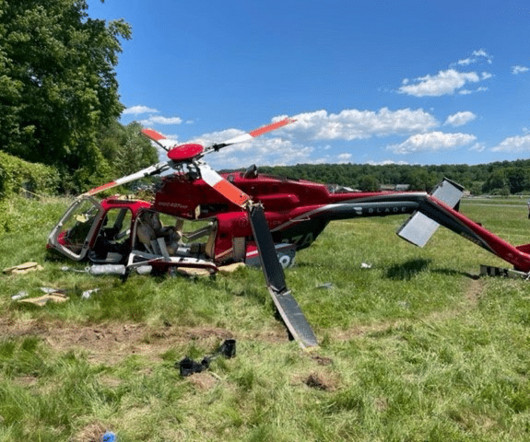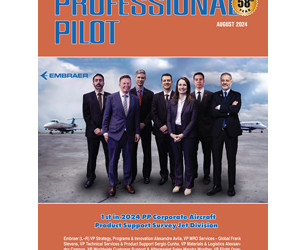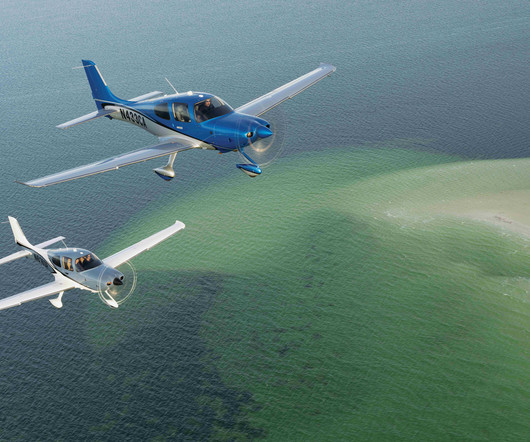How to Make a Perfect Soft Field Landing Every Time
Pilot Institute
MARCH 26, 2024
As with any landing, it’s vital to have a stabilized approach. If you’re not stabilized at 200 feet AGL, go around. On a normal landing, you’d pull the power over the threshold, begin your roundout, and flare around 10 feet AGL. Make sure not to pull back too hard, or you could cause a tail strike.











Let's personalize your content